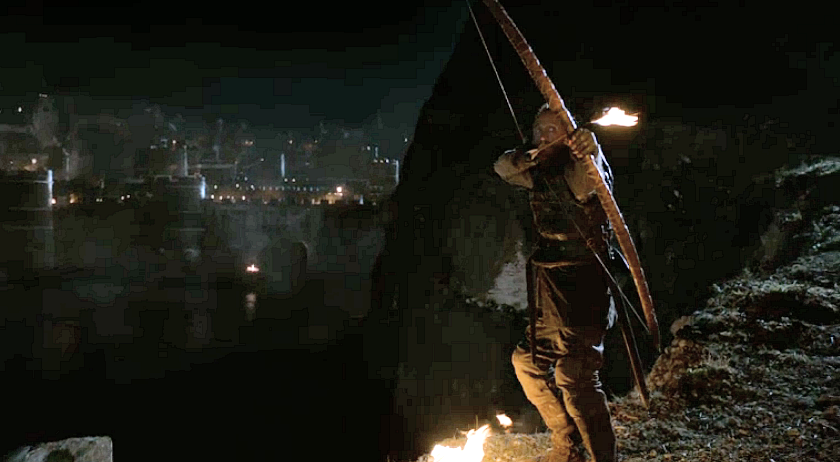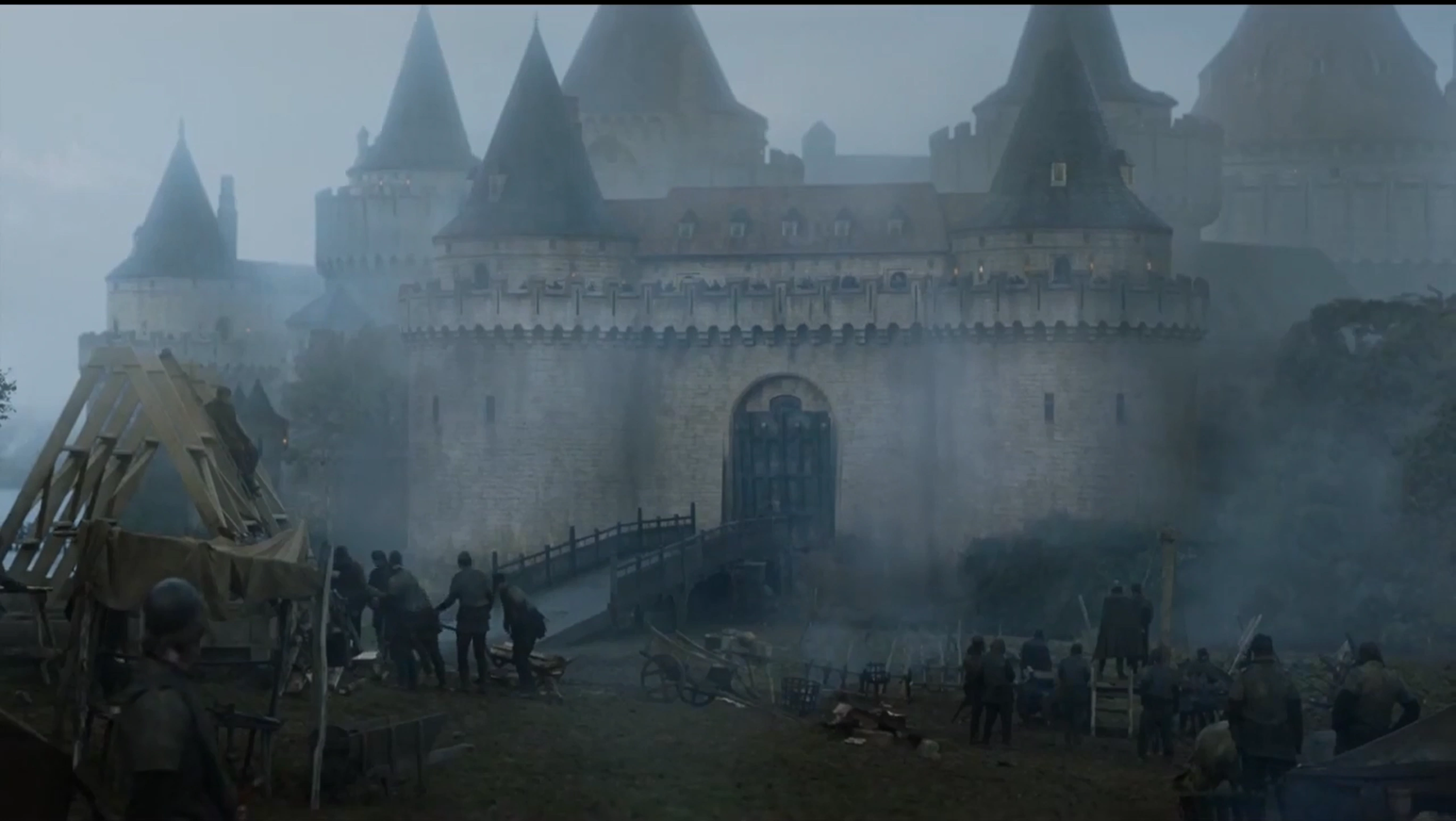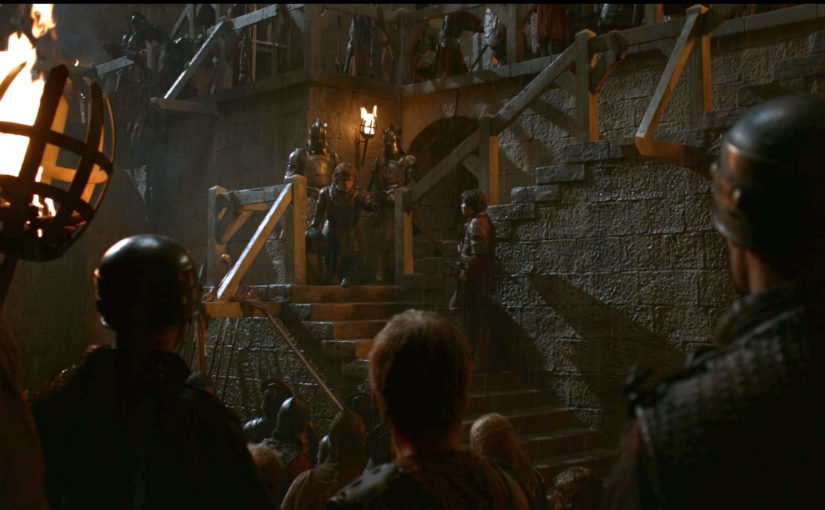It is a fact that millions more people have gained a view of medieval sieges by watching Game of Thrones than by reading books by experts or learning history at school, so it is worth asking: how true a picture does the blockbuster series give?
Across the seven series so far, we have seen many bloody captures of strongly fortified cities and castles by large armies of armoured warriors, supported by archers and fleets of ships. The attack on King’s Landing (series 2, ep. 9) provided some realistic glimpses: the preparations of the citizens and garrison for battle, the taking refuge in the keep of women and children – and the exemplary execution of attendants who tried to flee. The ominous clanging of the bells gave warning of assault heralded by banging drums and the landing and drawing up of the attacking army, the bringing up of a large battering ram to batter down the main gate while scaling ladders were prepared. As everyone knows, the city was saved when the dwarf prince Tyrion inspired his men by appealing to their commitment to their families and homes to launch a sally via a postern gate which took the besiegers in the flank, and, accompanied by the timely arrival of a relieving army, saved King’s Landing. Prior to this, the invading fleet had been consumed by the launch of the lethal ‘wildfire’ via a fireship.

Was ‘wild fire’ inspired by the famous ‘Greek Fire’? The real ignis graecus (mentioned in numerous Latin chronicles) was invented by Byzantine engineer Kallinikos and used to save Constantinople from Arab attack in 672 AD: its exact constituents remain unknown to this day but like ‘wild fire’, it could not be extinguished by water (hence its main use at close range against enemy ships), and among its secrets was the means of propulsion – possibly by siphon mounted on the front of ships, or on castle towers. The original formula was lost but incendiary devices continued in use, especially during the crusader period, using plentiful supplies of oil. But never again were they so decisive.
Other regular features of medieval sieges appear in GoT. The threat of hanging hostages in view of the occupants if they did not surrender, shown in the siege of Riverrun (ser. 6, ep. 7–8), maybe echoed the threat of King Stephen to kill the child who became the ‘greatest knight’, William the Marshal, if his father did not surrender Newbury (1152): in both cases the putative victims were reprieved. In other respects too a realistic scenario is painted: the besiegers erecting defences to protect their rear, building siege towers and stone throwing trebuchets, and setting camp in a vast array of pavilions flying numerous banners; defenders gathering sheaves of arrows and relying heavily on crossbows which, used from behind stone walls, could be devastating.

Riverrun yielded. At other times, the attackers avoided the risk of an assault by exploiting tunnels to enter – Tyrion and Daenerys captured Castly Rock (ser. 7, ep.3) through the sewers. In 1204, King Philip Augustus’ army stormed the middle bailey of Richard the Lionheart’s ‘impregnable’ Château Gaillard in Normandy when one of his men discovered a drain outlet in the ditch that led him up into the chapel.
GoT skates over many realities of medieval warfare, particularly questions of logistics. The siege weapons materialise from nowhere when in reality they needed time for construction. All are settled quickly, whereas most medieval sieges lasted a long time, and hunger and disease killed far more people than fighting. However, many episodes convey brilliantly the drama, the sheer terror, and the brutal horror of combat. So we should recognise GoT as brilliant drama rather than history, and look elsewhere for accounts of real medieval warfare. But while we’re about it, we can only imagine what a medieval general would have given for the three fire-breathing dragons Queen Daenerys unleashed at Meereen (ser. 7, ep. 9).
Dr Peter Purton (author of History of the Early Medieval Siege and History of the Late Medieval Siege (Boydell Press 2010).

One thought on “Wild Fire or Greek Fire? Game of Thrones and medieval sieges”